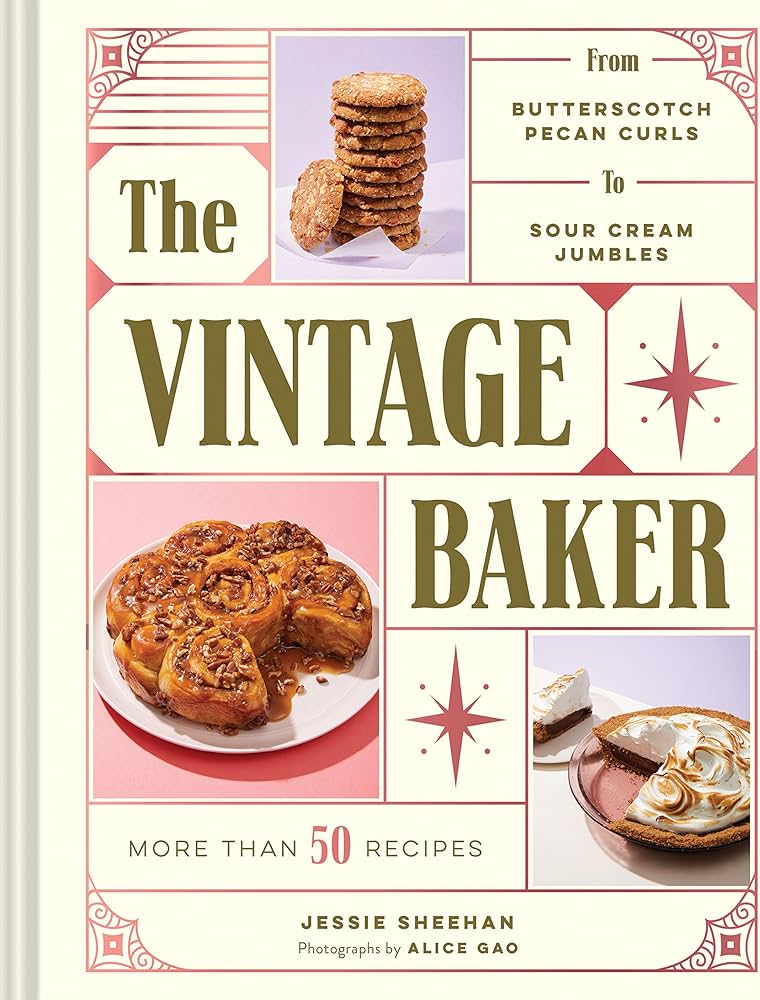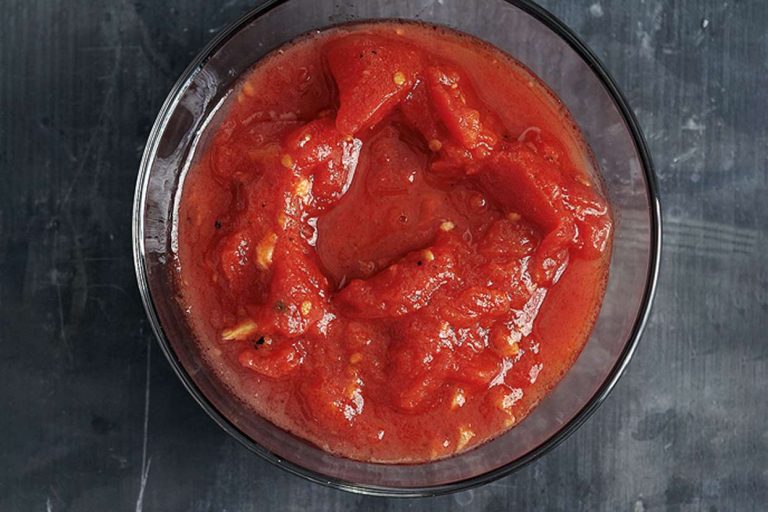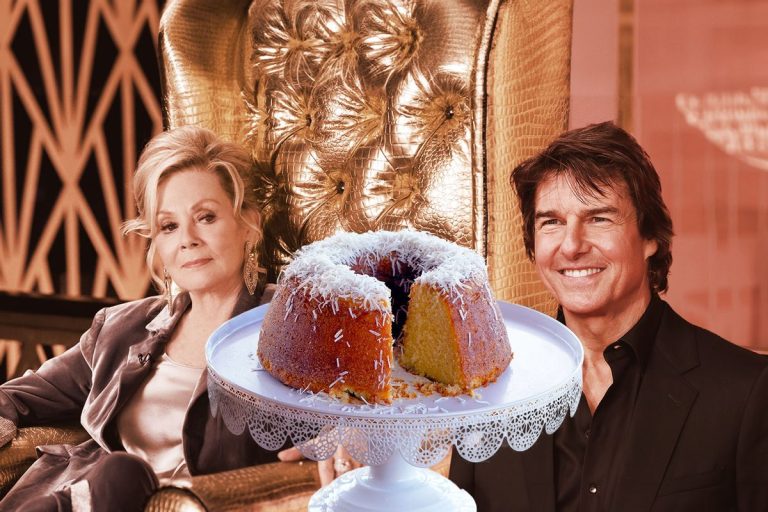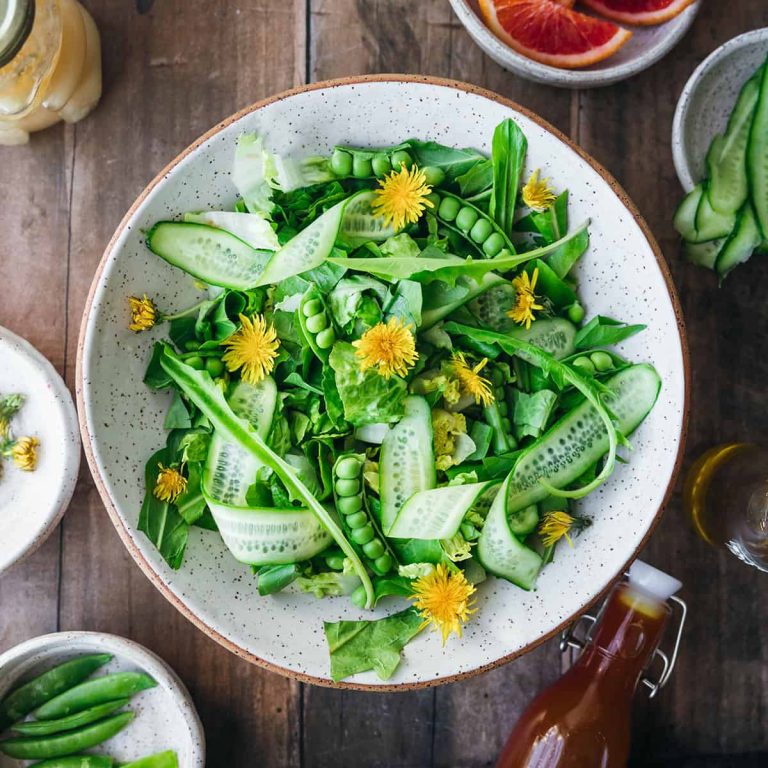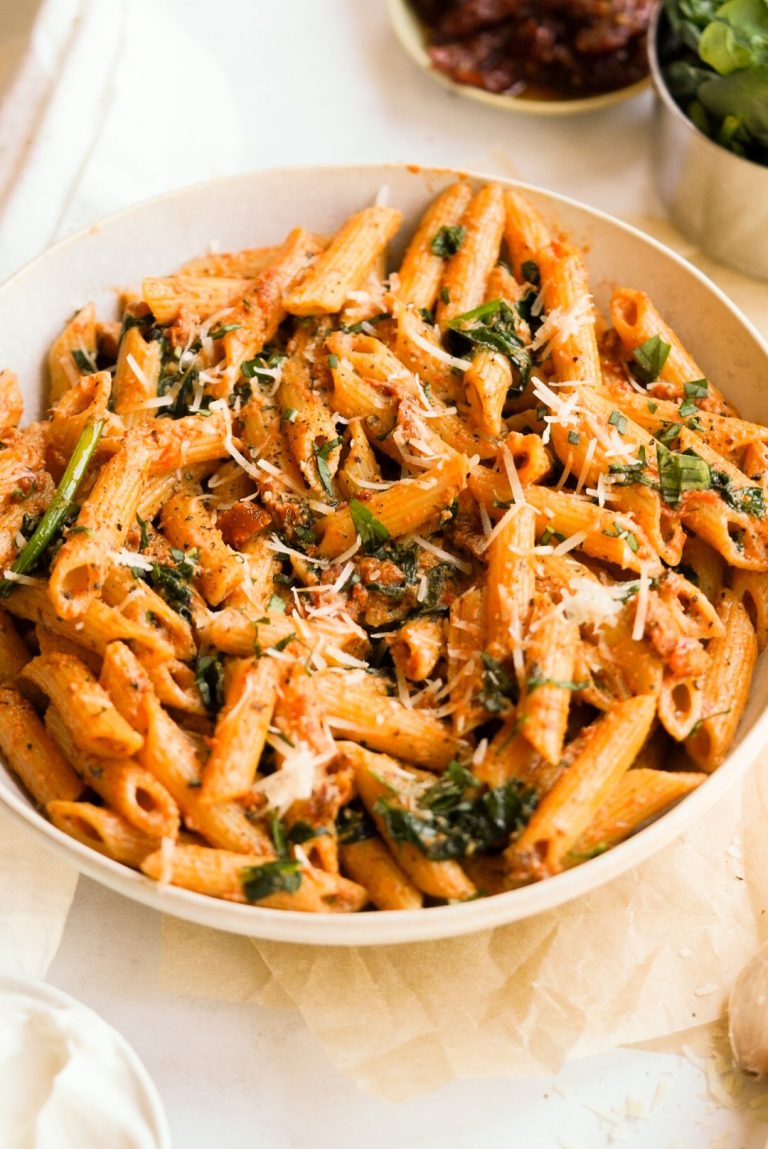Grandmas Butterscotch Pie: A Nostalgic Favorite with Modern Twists and Variations
Grandma’s Butterscotch Pie has its roots in the late 19th century when butterscotch, made from brown sugar and butter, gained popularity. This pie evolved from simple butterscotch candy recipes that families enjoyed. Initially, butterscotch was a luxury treat due to the high cost of sugar, but as sugar became more affordable, it found its place in more households.
Pie recipes began appearing in cookbooks around the early 1900s, adapting the butterscotch flavor into a creamy custard filling. The transition from candy to pie allowed this dessert to become a staple at family gatherings and festive occasions. Butterscotch pie grew from its humble beginnings to become a cherished tradition passed down through generations.
Cultural Impact Through the Decades
Grandma’s Butterscotch Pie left an indelible mark on American culture, especially during the mid-20th century. It symbolized comfort and home during times of hardship, like during the Great Depression and World War II. Families often gathered to share this delicious pie, making it a centerpiece in fostering togetherness and shared memories.
In the 1950s and 1960s, butterscotch pie graced many holiday tables and community events. It became a popular dessert option thanks to its rich flavor and nostalgic value. Cooking shows and homemaking magazines featured recipes, promoting it as an easy-to-make yet impressive dessert. This period saw grandmothers across the country sharing their unique takes on the recipe, solidifying its place in American culinary history.
Grandma’s Butterscotch Pie is not just a dessert; it’s a sweet link to the past, reminding you of simpler times and cherished family moments.
Key Ingredients and the Magic Behind the Flavor
What Makes Butterscotch Unique?
Butterscotch stands out for its rich, caramel-like flavor, achieved through a meticulous cooking process. The primary components—brown sugar and butter—create a deep, molasses-infused sweetness. When these ingredients heat up, the sugar caramelizes, and the butter browns, enhancing depth and complexity. Unlike caramel, which uses white sugar, butterscotch relies on brown sugar for its distinct taste and darker color. The addition of salt balances the sweetness, while vanilla adds an aromatic finish.
Essential Ingredients for the Perfect Pie
To create Grandma’s Butterscotch Pie, you’ll need specific ingredients that come together harmoniously:
- Brown Sugar: Provides the base sweetness and deep flavor due to molasses content.
- Butter: Adds richness and a smooth texture, crucial for caramelization.
- Heavy Cream: Ensures a creamy, silky filling, balancing the sweetness.
- Cornstarch: Acts as a thickener, giving the pie its custard-like consistency.
- Egg Yolks: Contribute to the pie’s rich texture and help in the thickening process.
- Salt: Enhances and balances overall flavor, cutting through the sweetness.
- Vanilla Extract: Adds aromatic notes, elevating the butterscotch profile.
- Pie Crust: A buttery, flaky crust provides a textural contrast to the smooth filling.
This combination of ingredients not only creates the iconic taste of butterscotch but also ensures the perfect balance of sweetness and creamy texture.
Step-by-Step Guide to Making Grandmas Butterscotch Pie
Preparing the Crust
Start by creating the foundation of your pie. Combine 1 1/4 cups of all-purpose flour, 1/2 teaspoon of salt, and 1/2 cup of cold, unsalted butter cut into small pieces. Use a pastry cutter to blend the butter until the mixture resembles coarse crumbs. Gradually add 3-4 tablespoons of ice water, mixing until the dough forms a ball. Roll the dough into a 12-inch circle on a lightly floured surface, then transfer it to a 9-inch pie dish. Trim and crimp the edges, ensuring an even fit. Chill the crust in the refrigerator for 30 minutes before baking at 375°F (190°C) for 15 minutes or until golden brown.
Mixing the Filling
Focus on the heart of the pie—the butterscotch filling. In a medium saucepan, melt 1/2 cup of unsalted butter over medium heat. Stir in 1 cup of packed brown sugar, 1/2 teaspoon of salt, and 2 cups of heavy cream. Cook the mixture until it begins to bubble, then reduce the heat and simmer for 5 minutes while stirring occasionally. In a separate bowl, whisk 3 tablespoons of cornstarch with 1/2 cup of milk until smooth, then add it to the saucepan. Continue cooking until the filling thickens, around 5 minutes. Remove from heat and stir in 1 teaspoon of vanilla extract.
Baking and Final Touches
Pour the butterscotch filling into the prepared crust. Preheat your oven to 350°F (175°C). Bake the pie for 25-30 minutes until the filling is set. Allow it to cool completely on a wire rack. For an extra touch, top the pie with a dollop of whipped cream or a sprinkle of sea salt before serving. Refrigerate any leftovers, covered, for up to 3 days.
By following these steps, you’ll create a delicious rendition of Grandma’s Butterscotch Pie that captures its nostalgic essence.
Variations and Modern Twists on the Classic Recipe
Vegan and Gluten-Free Alternatives
You can make Grandma’s Butterscotch Pie suitable for vegan and gluten-free diets by making a few simple swaps. For the crust, use almond flour and coconut oil instead of traditional flour and butter. Replace dairy in the filling with coconut milk, almond milk, or another plant-based milk alternative. Opt for cornstarch instead of flour for thickening. This way, you enjoy the classic flavor without the gluten or animal products.
Innovative Flavor Combinations
Butterscotch pie offers a base for adding a variety of flavors. Mix a teaspoon of espresso powder into the butterscotch filling for a coffee-infused twist. Add a layer of dark chocolate ganache between the crust and filling for a richer experience. For a fruitier variation, blend in pureed bananas or apples with the butterscotch mixture. These combinations elevate the traditional recipe while maintaining its nostalgic charm.
Pairing and Serving Suggestions
Best Drinks to Accompany the Pie
Choose the right drinks to enhance Grandma’s Butterscotch Pie flavors. Pair it with coffee for a robust contrast that enhances its creamy sweetness. Opt for espresso or cappuccino for an added layer of richness. Serve with black tea if you prefer a lighter option. It balances the pie’s sweetness without overpowering its flavor. For evening gatherings, consider dessert wines or fortified wines like sherry or port. They match well with the pie’s caramel notes. Non-alcoholic choices like apple cider or hot cocoa also complement its warm, comforting taste.
Occasions to Serve Grandma’s Butterscotch Pie
Serve Grandma’s Butterscotch Pie at various celebrations to add a nostalgic touch. Consider Thanksgiving dinners. The pie’s rich flavors fit perfectly with other traditional dishes. It’s an excellent choice for Christmas parties, providing a unique dessert option that stands out among typical holiday sweets. Birthdays and anniversaries make great occasions too. Surprise guests with a slice of history and comfort. For more casual get-togethers like potlucks, the pie’s familiarity and universal appeal ensure it’s a hit. Host Sunday family dinners with slices that resonate with warmth and memories.
Conclusion
Grandma’s Butterscotch Pie isn’t just a dessert; it’s a piece of history and a comforting reminder of simpler times. Whether you’re sticking to the classic recipe or exploring modern variations like vegan and gluten-free options, this pie offers something for everyone. Pairing it with your favorite beverage and serving it on special occasions makes it even more special. So, next time you’re looking to create a memorable dessert, consider Grandma’s Butterscotch Pie – a timeless treat that never fails to bring warmth and joy to the table.
